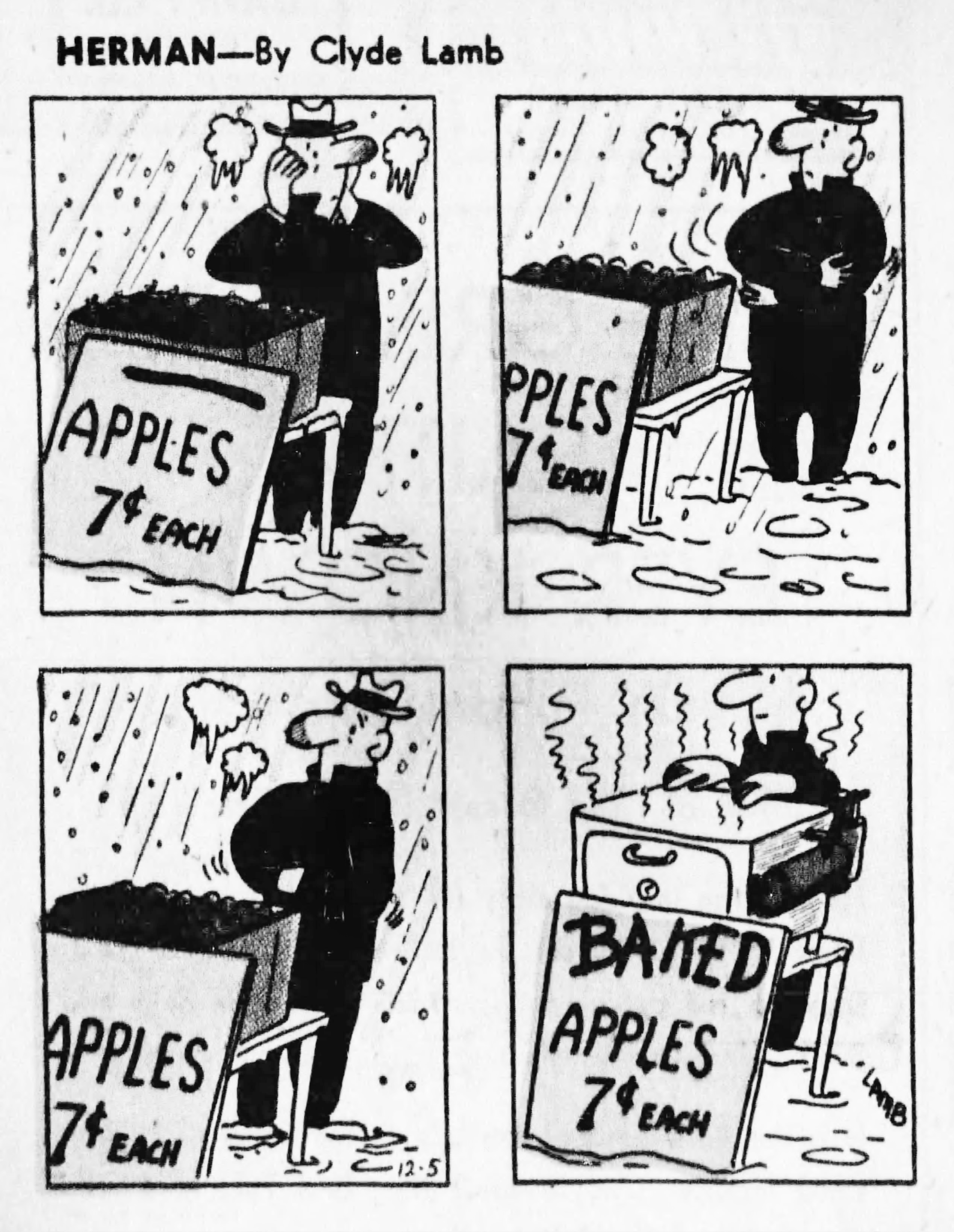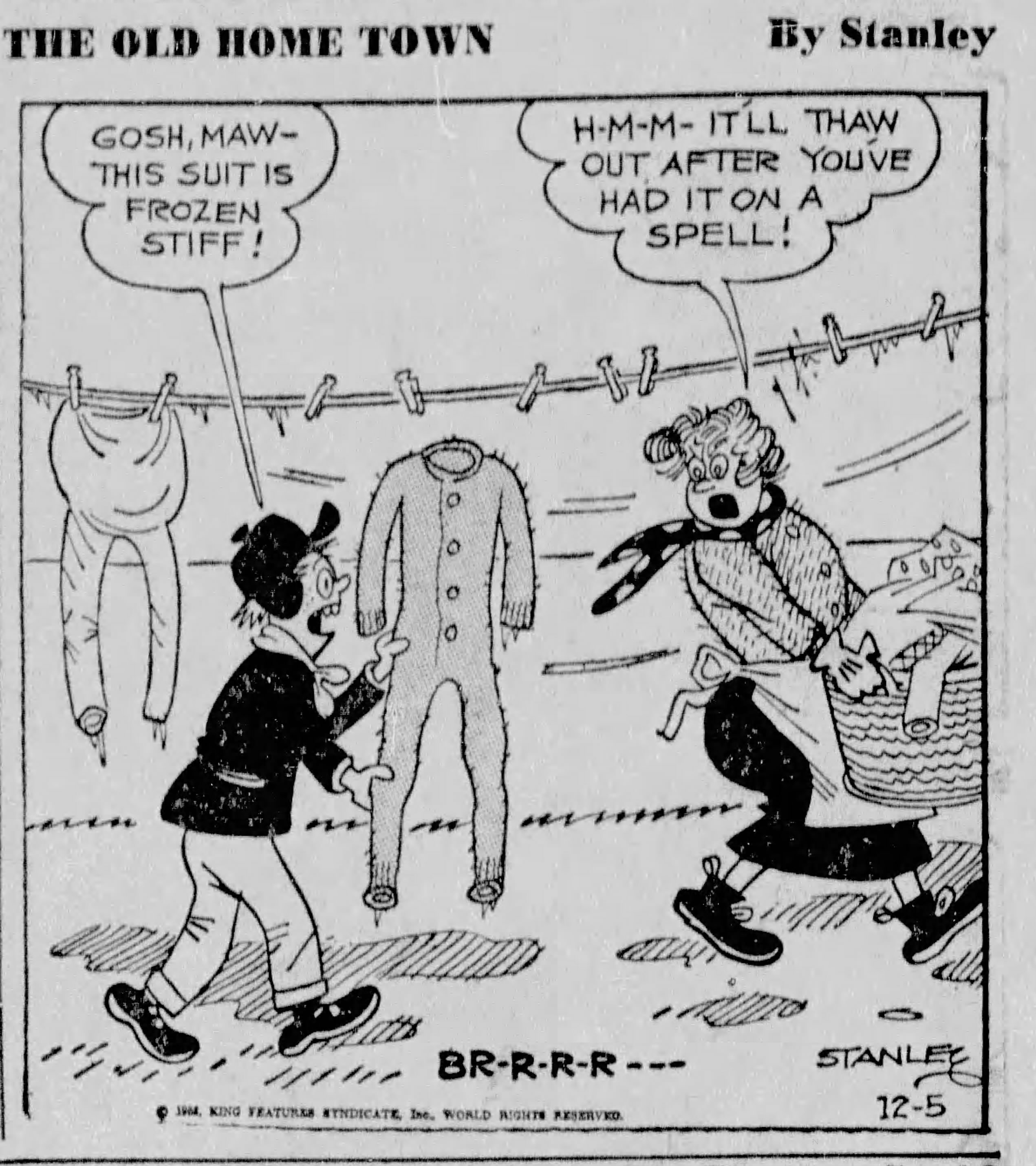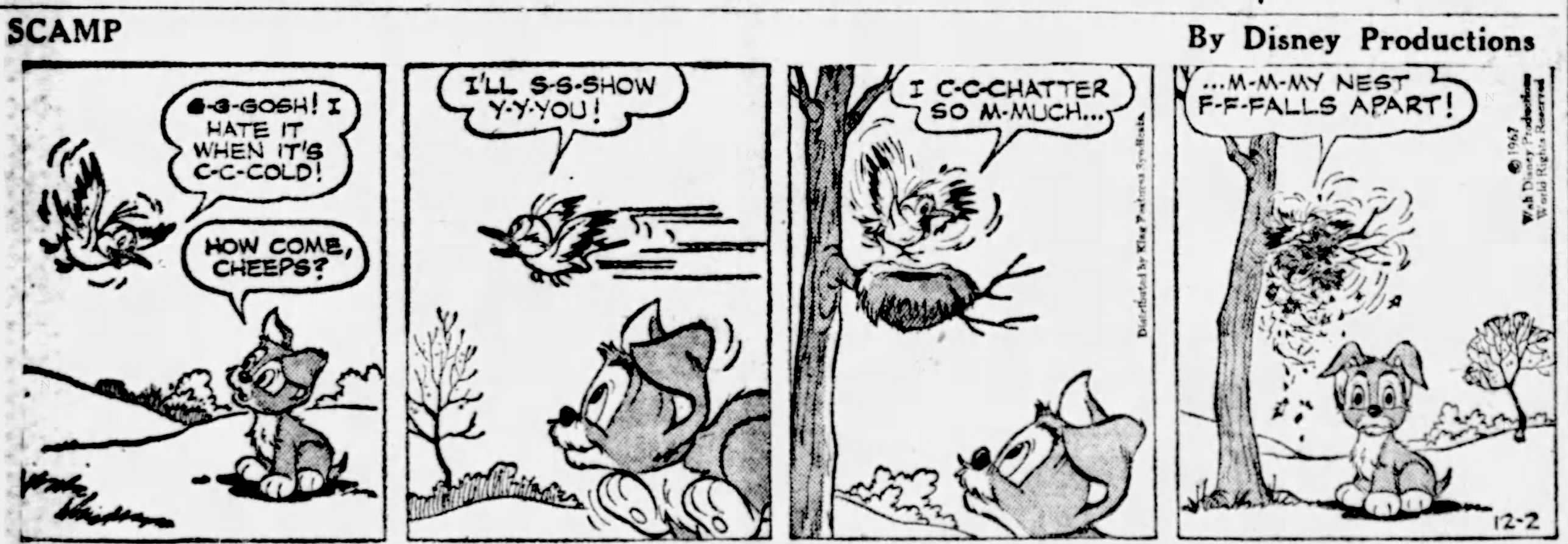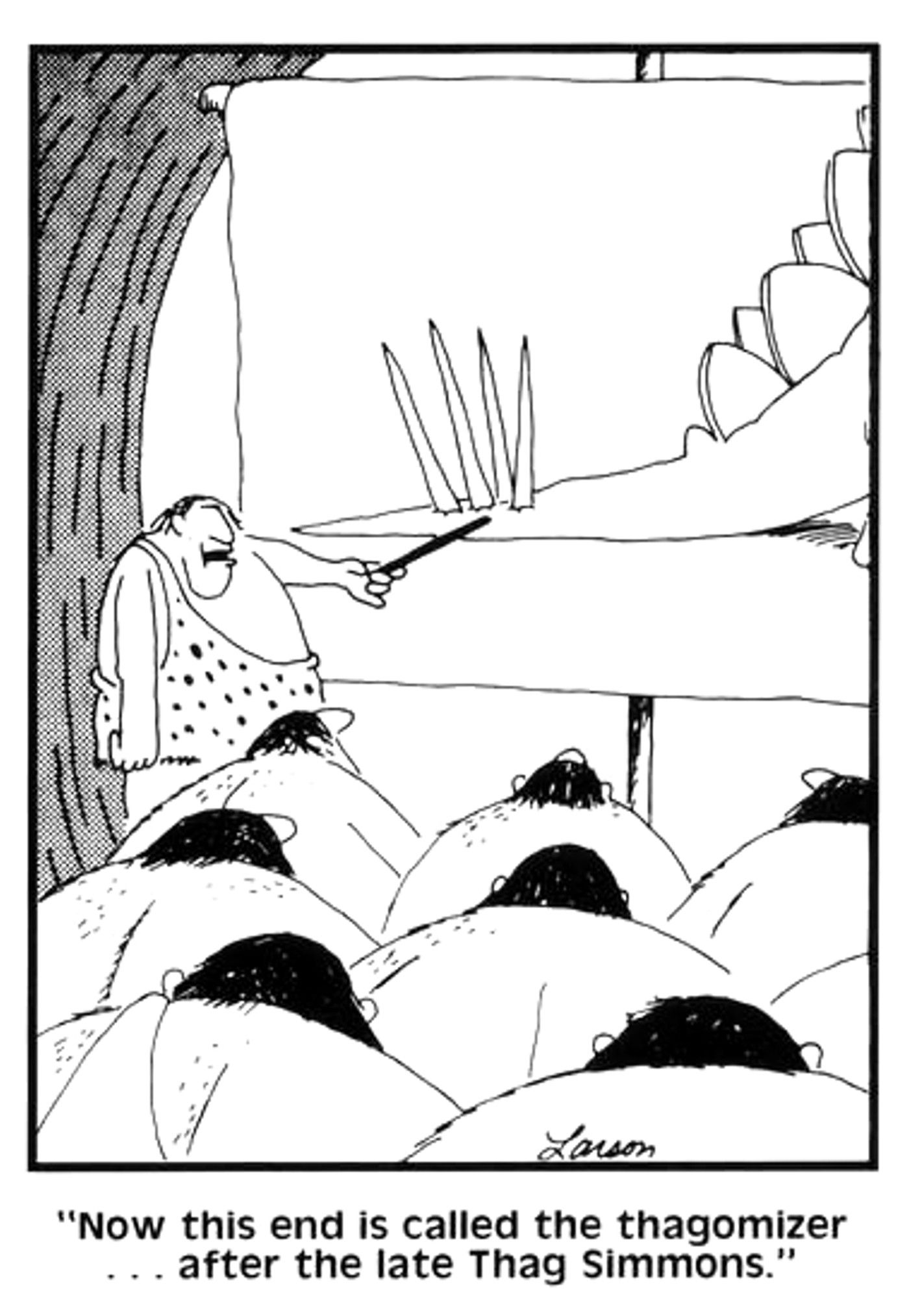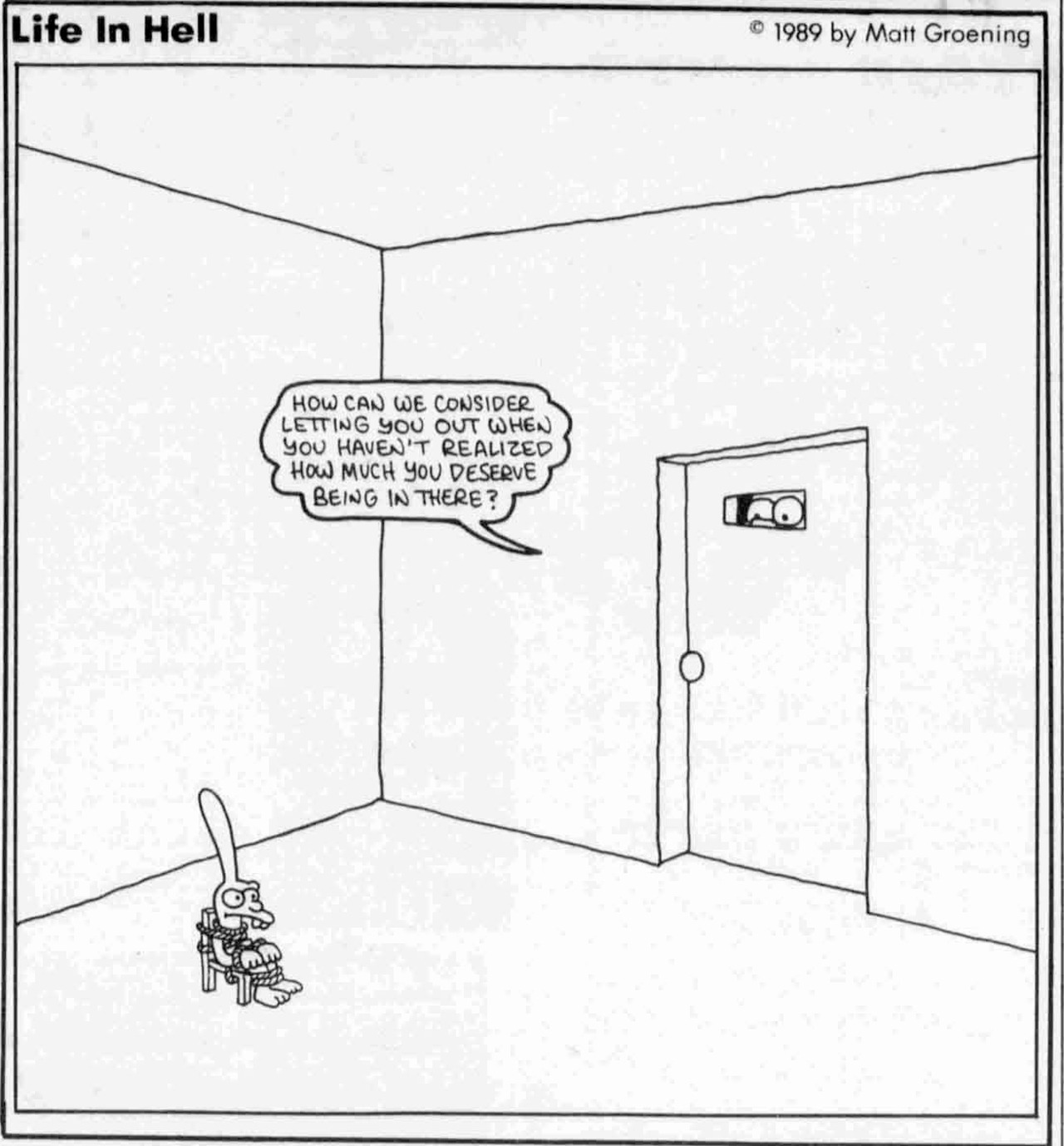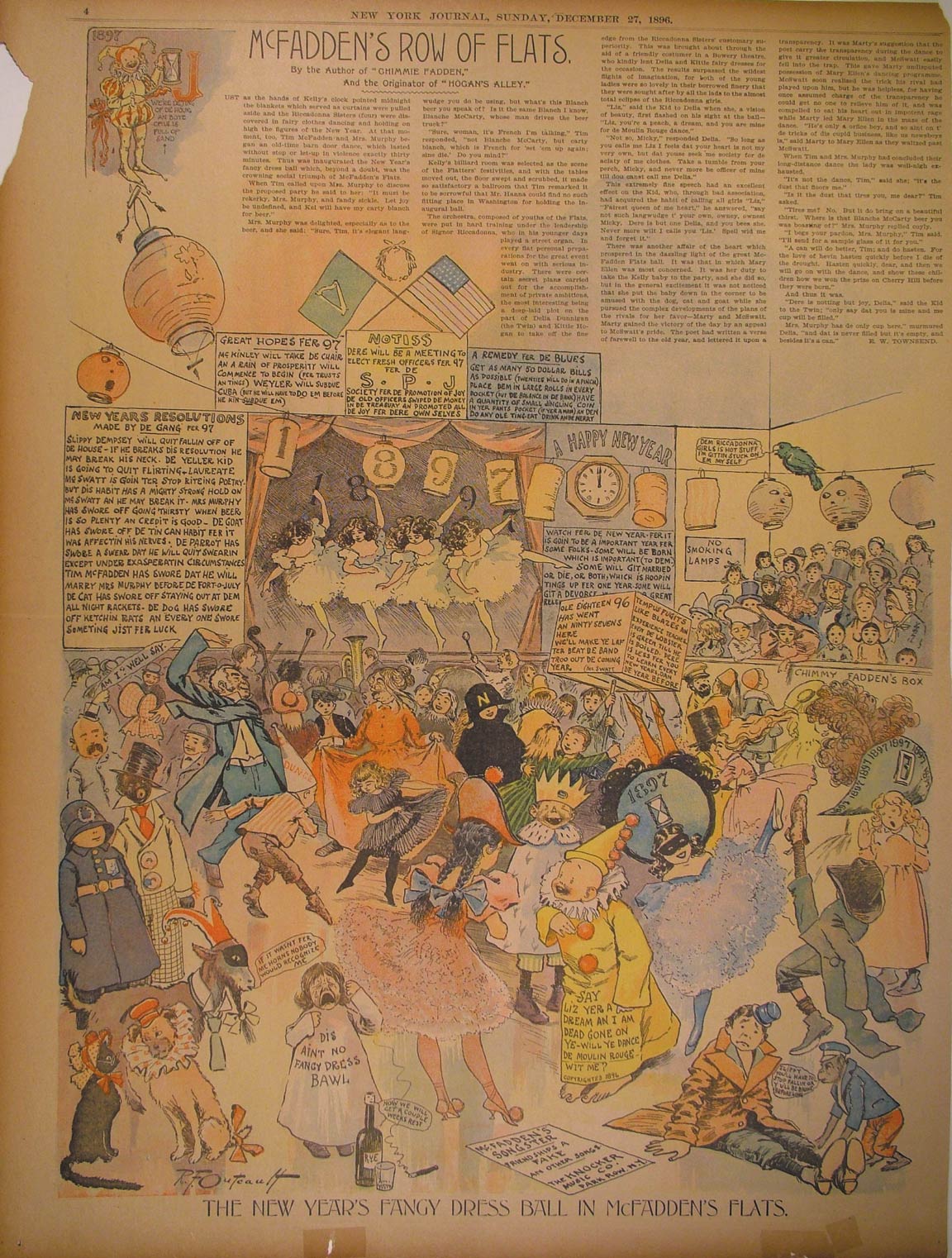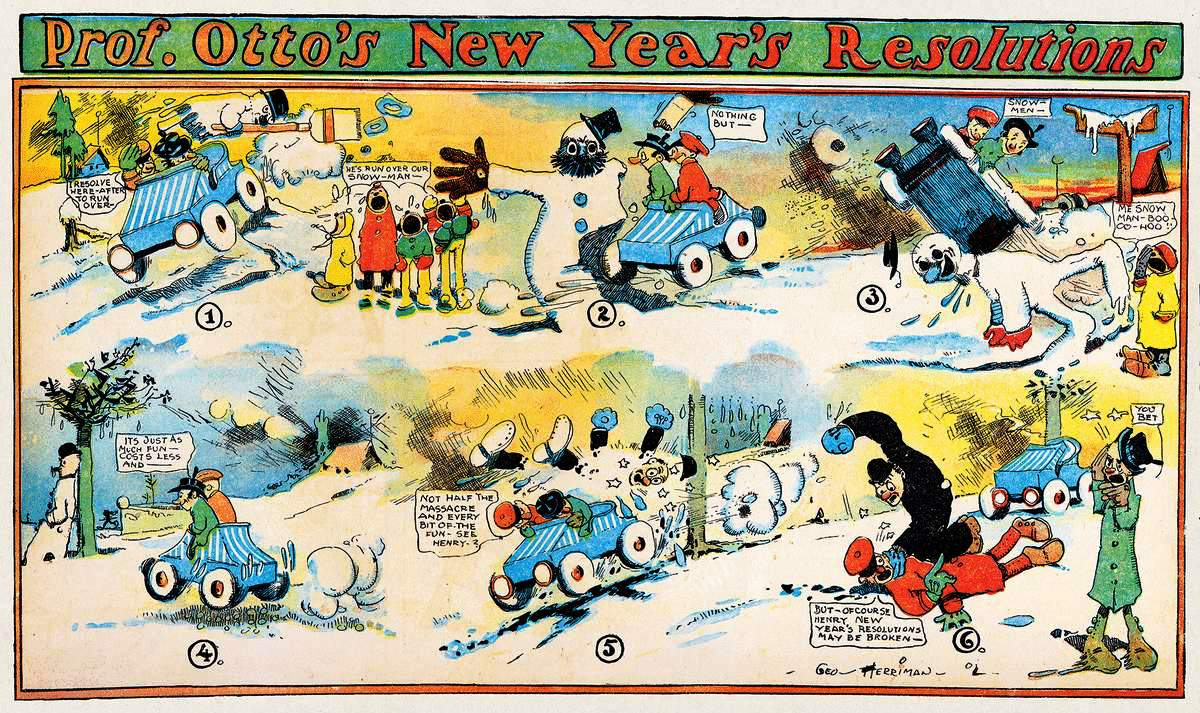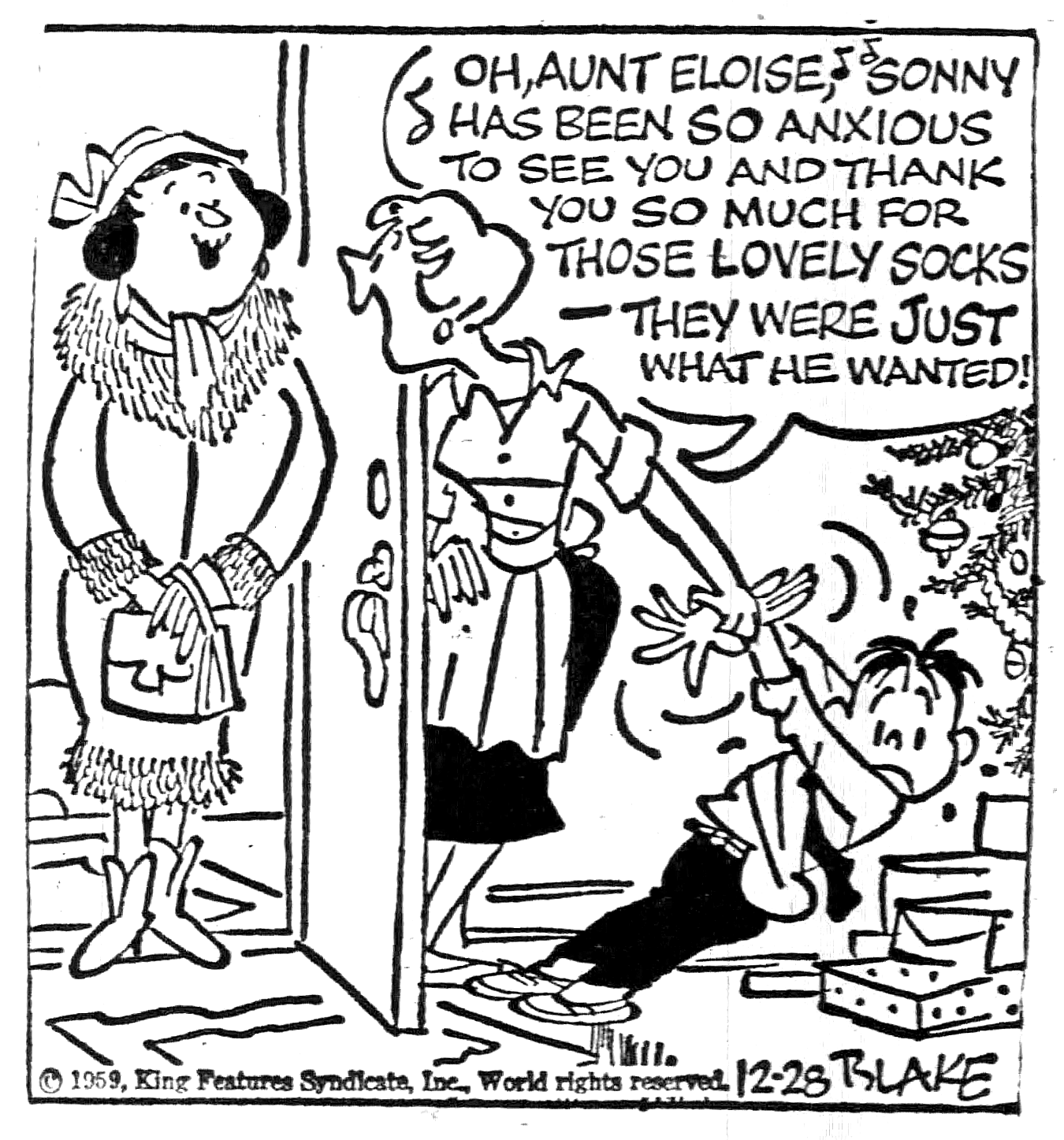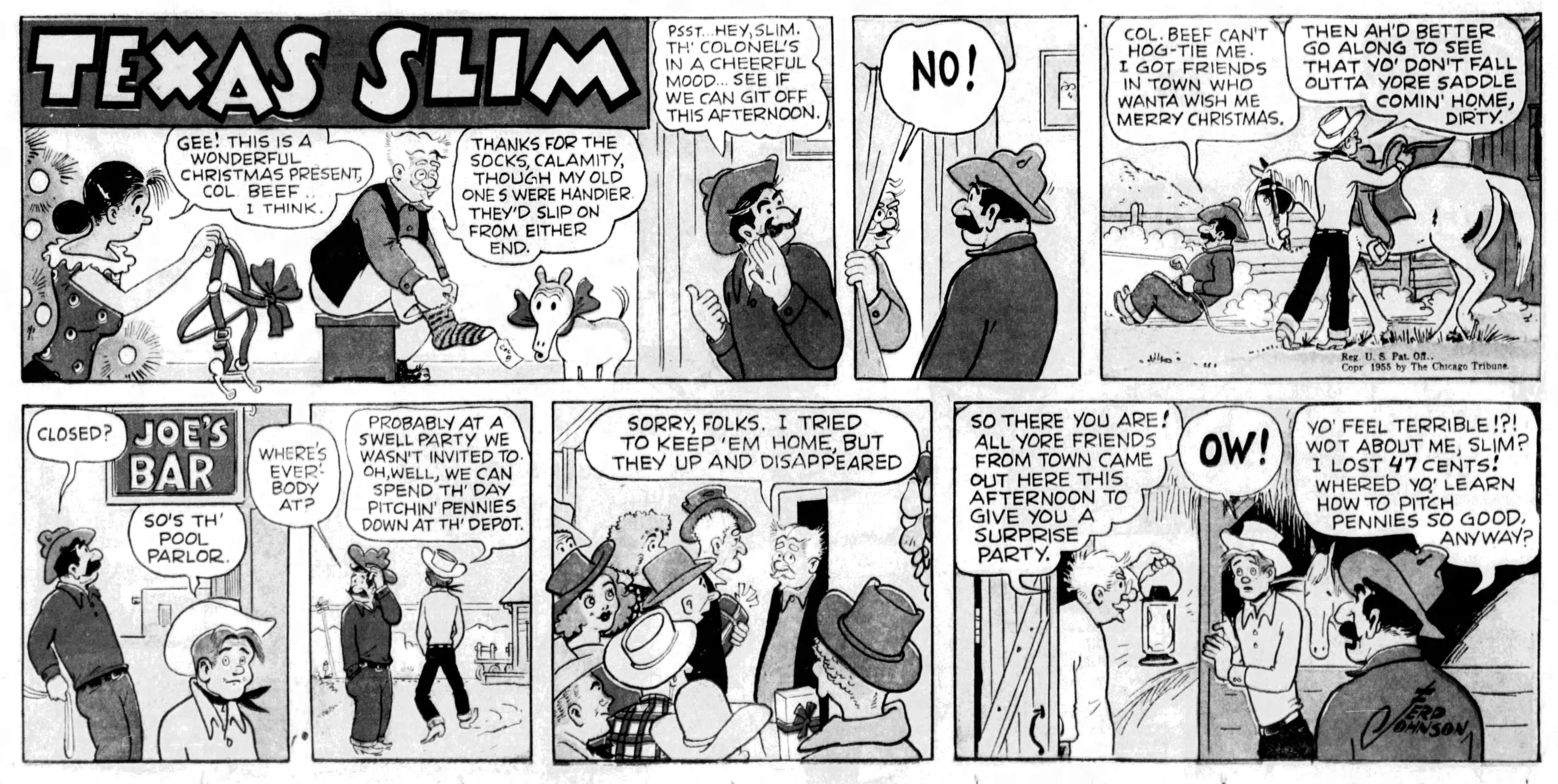Click the image to see a larger version.
Herman (still by Clyde Lamb and not by Jim Unger) is a comic strip I haven't revisited in a while, so here's another one. To be clear, I have nothing against Jim Unger's Herman, but I just find Lamb's Herman to be more interesting and funny. Plus, Jim Unger doesn't have nearly as wild of a life story as Clyde Lamb does. To make a long story short, Lamb started his art career while in prison for the third time. The first time, he was arrested for armed robbery but was able to escape. The second time, he was arrested for armed robbery again and his wife tried to help him escape and was caught, but he was able to successfully escape at a later time. He was arrested and put in prison for the third time due to his previous prison escapes. He learned art and began to draw cartoons during his third prison sentence, and after he was released in 1947 he started drawing the comic strip Herman, which debuted in newspapers in 1949. He was never imprisoned again after that, thankfully. Herman ran until Lamb's death in 1966.
Today's wintery strip is nothing nearly as exciting as all that. It's just a shrewd apple salesman finding ways to make money while still keeping warm. A baked apple does sound like it would be a nice treat on a cold day.
